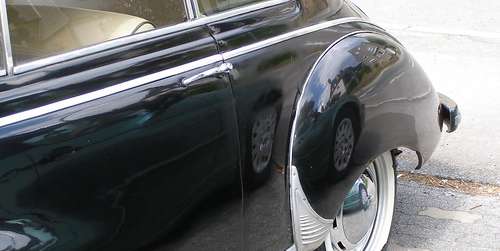Expanding the Possibilities for Used Cars
While spectrophotometers are critical to the manufacturing of new cars, they can also play an important role in the maintenance and modification of used cars. Over time, the elements alter the appearance of automotive paints; even paint jobs that look perfectly good to owners often have slight variations from their original state due to the effect of sun exposure, pollution, and salt. If an exterior panel needs to be replaced following a collision, for example, putting a panel with the original color next to the worn color of the rest of the car can make the difference obvious. As such, auto body technicians use spectrophotometers to analyze the current color of the car to create an exact paint match that can be used for the replacement part, ensuring that the repaired vehicle has a cohesive appearance.2 However, you are not limited to recreating the existing color of a car. Through advanced color matching, auto body shops can create custom paints that allow customers to personalize their vehicles for a completely new look or to restore the car to its original glory with historically accurate colors.
Choosing the Right Tools
HunterLab’s comprehensive range of spectrophotometric instruments offers innovative end-to-end solutions to meet the specialized needs of the automotive industry. From dedicated on-line color monitoring in new car manufacturing to benchtop and portable spectrophotometers for body shops offering collision repair, customization, and restoration services, we have the tools to bring color measurement to new heights and optimize quality control. Contact us to learn more about HunterLab’s complete array of instrumentation, user-friendly software, and outstanding support services.


